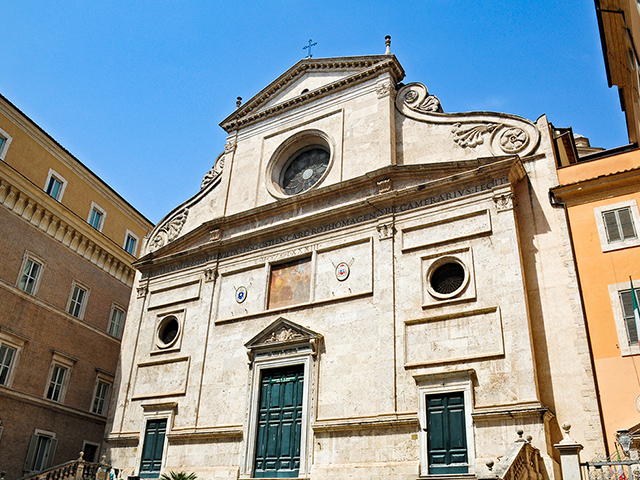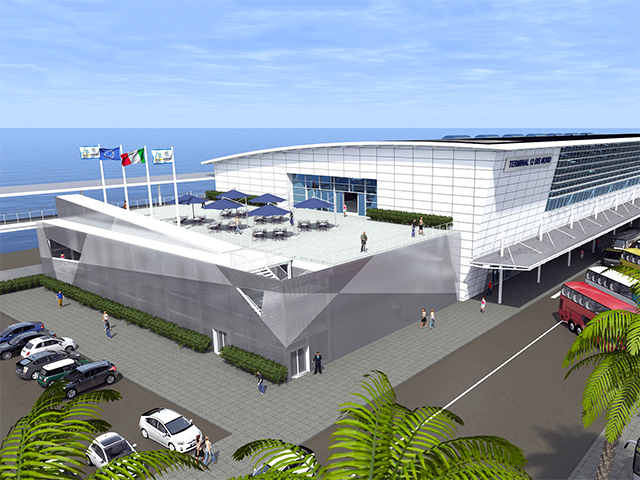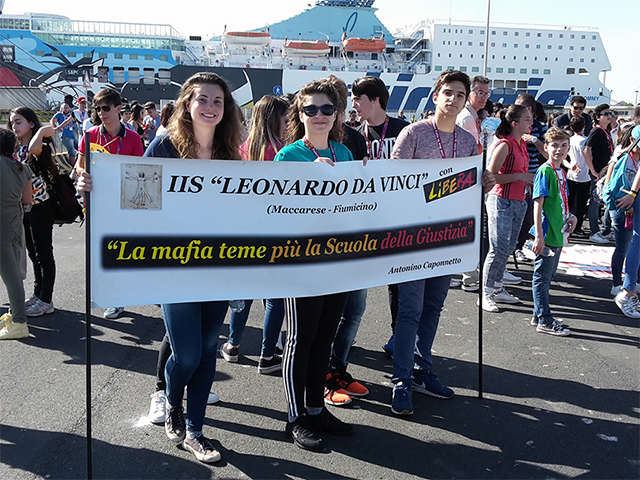Civitavecchia: the Port as driving force for the economic development of Lazio
Results and prospects of development for Lazio thanks to the Port of Civitavecchia presented during the conference of Centro Studi SRM"Economy of the sea: concrete opportunities for the economic development of Lazio", this is the title of the conference which took place today (11/10/2017) at the headquarters of the AdSP of Civitavecchia.
Interesting reflection and data exposed during the morning, when different protagonists of the so-called Economy of the Sea have intervened.
Below is the press release of SRM (Studies and Research for South Italy) the Studies Center connected to Intesa Sanpaolo Group and supported by Fondazione Banco di Napoli and by Compagnia San Paolo, that has collected and submitted the data.
Good reading!
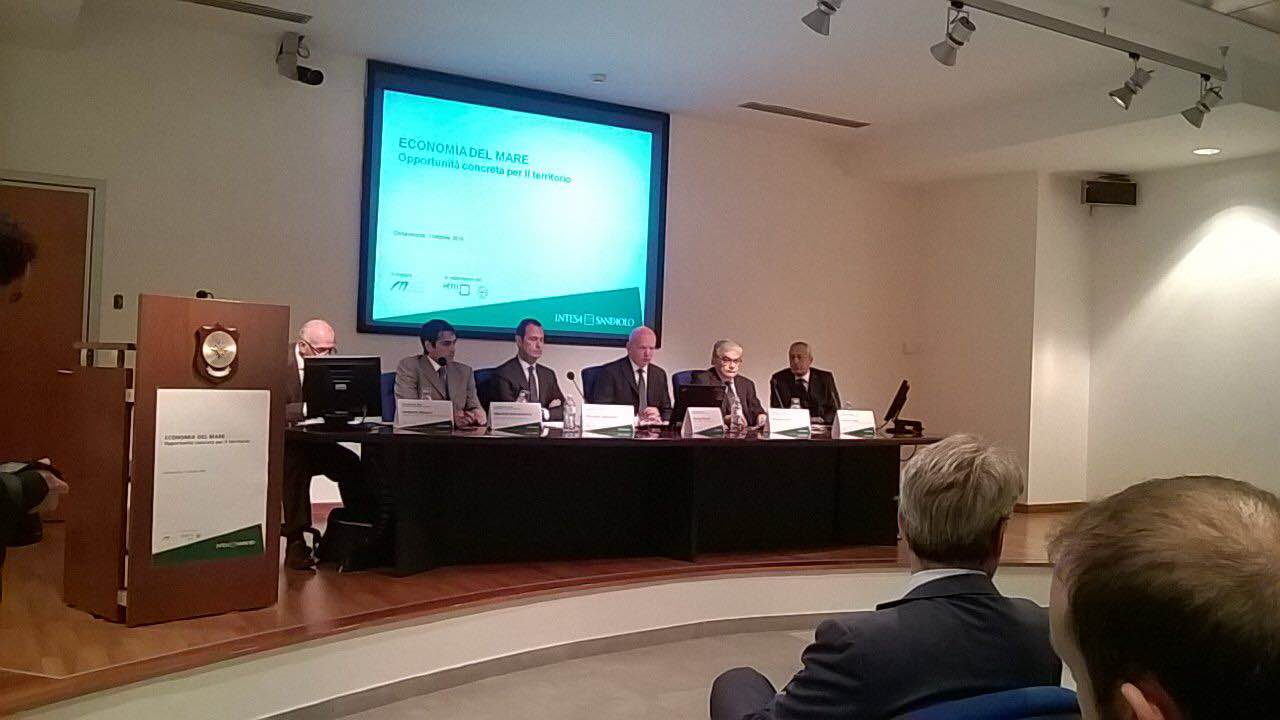
A moment of the conference SRM in Civitavecchia: Economy of the sea: concrete opportunities for the economic development of Lazio
Civitavecchia 1st Italian port in number of cruise passengers (2.3 milion) and second in Europe after Barcelona
- The port managed in 2016 16.8 milion tones of cargo (+1.4% comparred to 2015). In the 1st semester of 2017 it has managed almost 8 milion.
- The Lazio region had a maritime import-export of €8 bilions in the 1st semester (about a quarter of the overall international trade)
- Regarding the Ro-Ro (roll on-roll off), with almost 5 milion tones, the port has registered a traffic increase of 16% in the last 5 years and 4.6% in the 1st semester 2017 (compared to 2016)
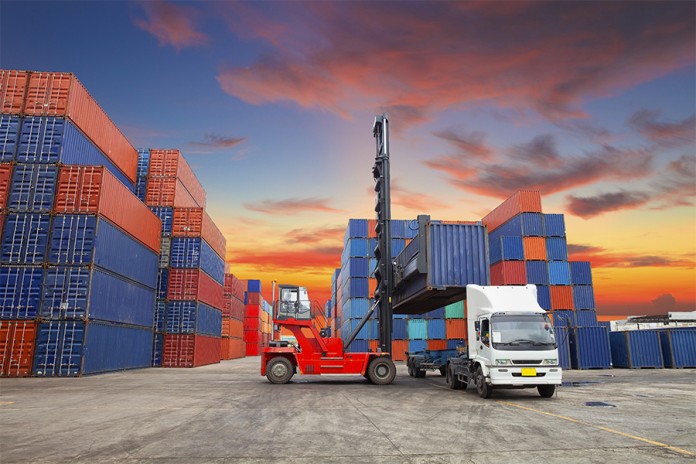
Cargo management: increase of 1.4%, 8 bilions of import-export in the Lazio, Ro-Ro traffic +16%
Civitavecchia, 11th October 2017
Transport by sea is a strategic asset for the development of the Lazio region. This is the topic of the conference about “The Economy of the Sea” organized by Intesa Sanpaolo in the seat of the Port System Authority of the Center-North Thyrrenian Sea. Cristiano Sforzini, president of the Association of Chartered and Qualified Accountants of Civitavecchia, opened the conference. After him, Alessandro Panaro, head of Maritime & Mediterranean Economy of Srm (Studies and Research for South Italy) reported the “Risks and opportunities at the Center of the Mediterranean”.
After, there were more participants: Pierluigi Monceri, Regional Director of Intesa Sanpaolo, about “The Regional macroeconomical situation and its evolution connected to the transformation of Sea scenarios”; Francesco Maria di Majo, President of the Port System Authority of the Center-North Thyrrenian Sea about “The Port System: challenges and perspectives for the region”; Marcello Donnarumma, Grimaldi Lines Sales Management; Marco Palomba, Sea entrepreneur and delegate of Grandi Navi Veloci Group about “Projects and enterprises for the development of the Maritime System”. Marcello Di Martino, Business Sales Diretor of Intesa Sanpaolo closed the conference talking about the “Role of the Bank in supporting the territory”. Pierluigi Monceri, Regional Director of Intesa Sanpaolo: “The analysis by SRM and the knowledge of the economic dynamics of the region are a relevant proof and give importance to the strategic role of the economy of the sea, understood in all their declinations, and of Civitavecchia's port system, one of the most important ports in Italy that has yet to keep growing. It is a necessary development to ensure all the growth opportunities for the region."
Alessandro Panaro, Director of Maritime & Mediterranean Economy of SRM: “The study underlines the importance of maritime economy for Italy and the South of Italy. We are talking about an industry worth 44 bilions in Italy. In Lazio, the 26% of the overall import-export happens via sea and Civitavecchia plays a main role not only at a local level but also at a national level. It is the first port in Italiy in terms of cruise traffic and the second port in Europe, and it has a great potentiali to further develop Ro-Ro traffic”. Francesco Maria di Majo, President of the Port System Authority of the Center-North Thyrrenian Sea: “The study made by SRM is very meaningful for us since it underlines the potential of the port of Civitavecchia and its network for the economical development not only of our region and Italy".
The port of Civitavecchia establishes the aim not only to strenghten the cruise sector but also to boost the trade and industrial sectors, enhance the iron treatment with the activation of new services and aim for the growth of renewable energy”.
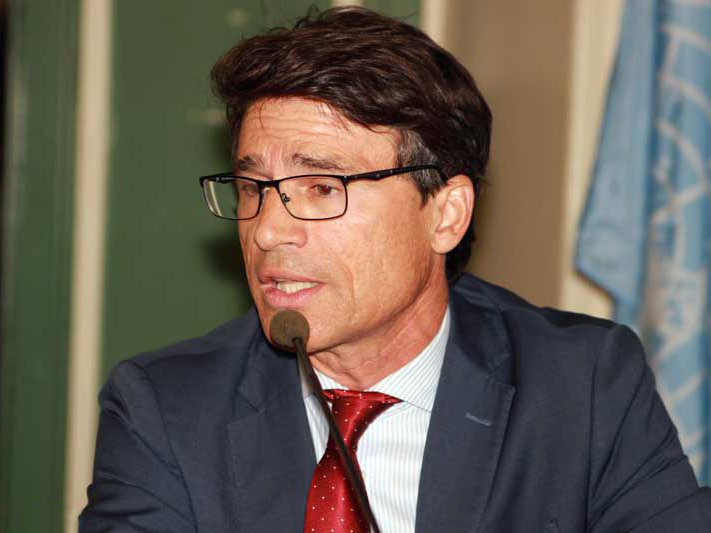
President of the Port System Authority of the Center-North Thyrrenian Sea, Francesco Mario di Majo
SRM REPORTS: ECONOMY OF THE SEA, CIVITAVECCHIA
CRUISE SECTOR IN CIVITAVECCHIA
Civitavecchia is the first cruise port in Italy and a reference point for the national tourism; with over 2.3 milion cruise passengers, the port of Civitavecchia is second in Europe. It is the maritime access «gate» to the Capital.
Civitavecchia is in fact located in a strategic position considering the current rail system formed by high speed lines that allow to reach Naples in an hour and Florence in an hour and a half. In 2017 it is forecasted that over two milion cruise passengers will arrive; this is a number shared in Europe only with Barcelona. It is worth noting that Civitavecchia in the year 2000 reached 392,000 cruise passengers compared to 2.3 milions today.
The port of Civitavecchia counts with shipping companies that represent the 50% of the market in the Mediterranean within the cruise industry. The cruise terminal of Civitavecchia, the Roma Cruise Terminal (RCT), is a society formed by the big players in the industry, including Costa Cruises, MSC and Royal Caribbean Cruises. Rome welcomes about 10 milioni tourists every year, so Civitavecchia is the natural way out by sea. The deseasonalisation of cruises, guaranteed by cultural and food and wine attractions, in addition to the beach attraction is, also, a positive sign for the area.
PASSENGER AND CARGO TRAFFIC
The port ranks 7th in Italy with 1.8 milion people, regarding the number of passengers, meaning an 8% increase compared to 2015. Also in the 1st semester 2017 compared to the previous, the trend is positive (+ 4.8%). Overall, Civitavecchia managed 16.8 milion tones of cargo in 2016, a 6.4% increase in the last 4 years. In the first semester, almost 8 milion tones have been managed. Regarding cargo traffic, the larger share are solid bulk cargoes, a 36% of the total, followed by liquid bulk cargoes with a 32% of the total and by Ro-Ro (Roll-on Roll-off, that is, vessels designed to carry wheeled cargo) with a 28%. The remaining share are goods in containers (4%). With the Ro-Ro segment, almost 5 milion tonnes, the port has registered a well performance with a traffic increase of a 16% in the last 5 years. In addition, the first semester of 2017 has already registered 2.3 milion tones.
In this segment Civitavecchia has, for example, connections both with Mediterranean ports Barcelona, Tunis or Malta) and with extra Mediterranean ports (New York). Undertakings, added value, Import and Export Rome is the first Italian province in terms of added value produced by the sea with 6.8 billion euro equal to 16% of national data. With 700 companies of the maritime cluster, it is 6th in Italy (7% of the national total). Lazio, for its positioning is a strategic node for logistic connections of roads and maritime transport. The latter is an important segment of traffic; the share of import-export via sea of the region is 26%, equal to €8 billion. Through maritime transport, it serves especially the EU (28.3%) and the Middle East (15.6%), mainly goods of the means of transport sector (over 44% of the total exchanged), petroleum products and Coke (19%), chemical and Agro-food both with 7%.
LEISURE BOATING
With over 8,600 boat moorings and over 200 moorings for mega yachts, Lazio is well placed in Italy in terms of leisure boating, considering the economical potential of this industry, strongly connected to tourism. The spending of these boats in Italian waters has been valued in €209 milions (based on a sample of 1,200 boats staying an average of 3.8 days and spending an average of €8,900 daily). Leisure boating has a multiplier effect on employment: in fact, one employee in the industry generates 6.4 employees in the economic system. One euro spent activates 4 euros in the economy.



 PORT MOBILITY CIVITAVECCHIA
PORT MOBILITY CIVITAVECCHIA










